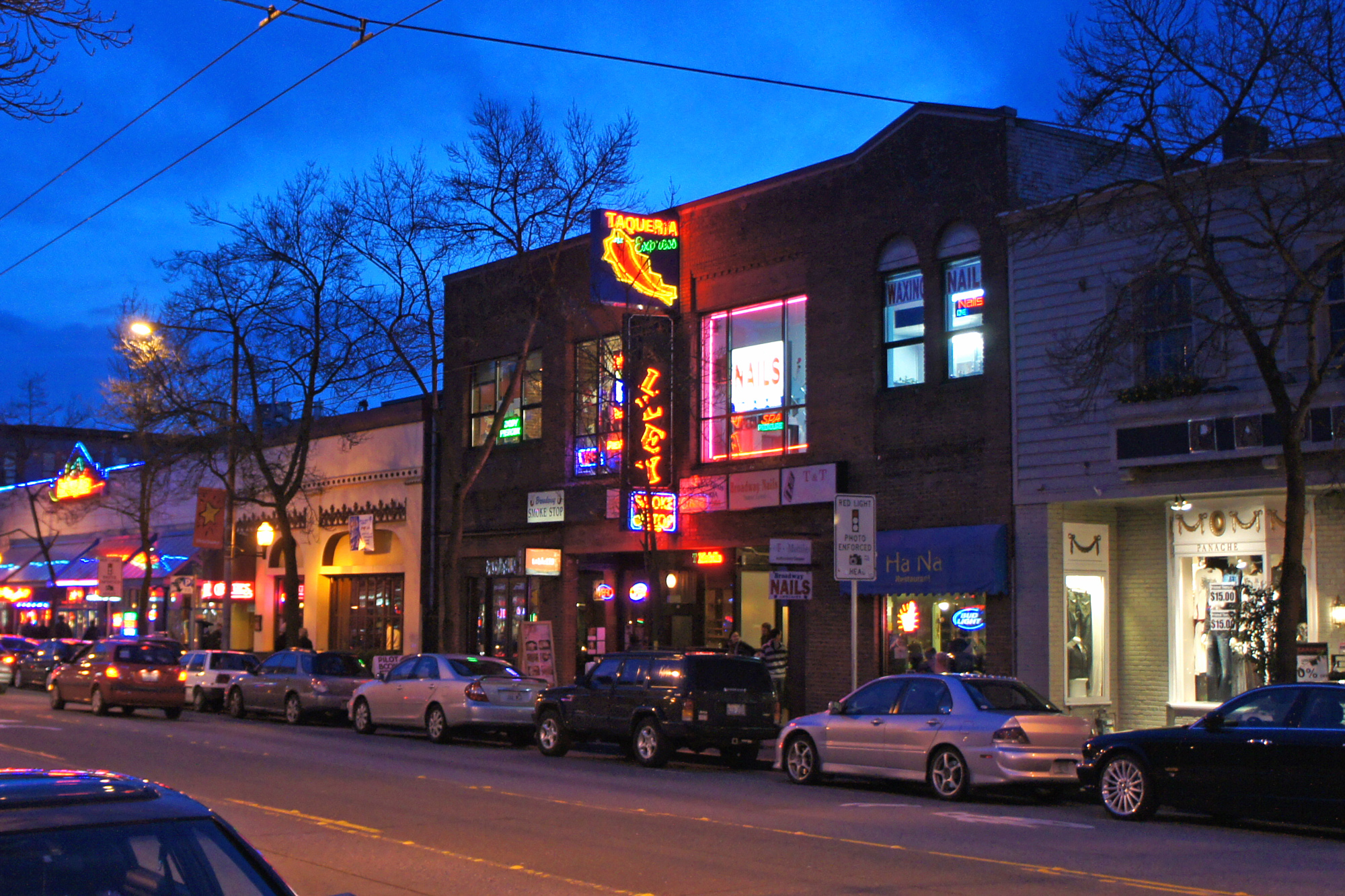The counties of San Mateo and Marin reported rates of 2.7 percent and 2.9 percent. San Francisco reported unemployment of 3 percent, while Santa Clara County reported unemployment of 3.3 percent.
Although the Bay Area is in a healthy state, we are constantly seeing understaffed businesses. Lines wrap around corners for our favorite dining spots, while tables are available inside. It’s next to impossible to find help in clothing stores like Nordstrom’s or even your local retail shop. Car wash operations in San Francisco are closing mid-week just because they can’t find enough workers to keep their business open.
Local restaurants complain that they cannot hire full time employees and instead rely on part time workers. Part time employees will often take a couple of shifts here and there, but leave key shifts open, leaving holes in coverage.
Our Biggest Hurdles
So, what is the cause and what can be done to fix it?
- The biggest problem we have are wages. The minimum wage in San Francisco is $13.00/hour, which simply isn’t enough to support overall costs to live here. As of this year, the average apartment rent within the city of San Francisco, CA is $3,871. Real minimum wages have pushed beyond $15.00 an hour throughout the Bay Area, but it’s still simply not enough.
- The next challenge is that most employees of entry level jobs typically come from high schools and universities. Most students don’t live in the city anymore to save money and are more interested in securing strategic internships in their desired professions versus taking a job that will simply provide a base income– not a career.
- Local government requirements on businesses are also job-killers. The rise in “paternity leave” as a benefit has cut business margins down further at a time where both rent and wages continue to increase. In addition, building and zoning requirements a re prolonging the process for new businesses to get up and running. They end up spending a lump sum of time and money with uncertain results, so they pass on opportunities to lease in new locations. For example, we see San Francisco’s Post street downtown with a large number of vacant spaces and Union street with over 18 vacant stories just this year.
What Needs to Change
- Government needs to adjust regulations. We need the government to take note and make real changes in regulations that take too long to comply with an are too expensive.
- Create real job programs within our inner cities. We need programs that highlight opportunities that are available to the most unemployed or underemployed and then create job training that fits training to jobs. An example of this is how Germany trains people to enter retail jobs. Germany requires interested citizens to go through extensive training on how to service and sell in retail. These training programs would need to be promoted to our high schools, where young students would be interested in an entry level job opportunity.These entry level jobs teach the basics of learning how to work. From serving clients to selling to inventory, handling cash and credit cards, to learning how businesses operate, training would be beneficial for both the employee and the employer.
- Government needs to partner with retailers. If government and businesses form a partnership, they can be proactive together and help find more employees. If we don’t, businesses will not be able to run operations and will eventually fail – which will affect everyone.
Change is in order. Otherwise, we will continue to see a steep progression in understaffed businesses and will eventually see these operations close shop.
Photo Credit: Matthew Paul Argall Flickr via Compfight cc




